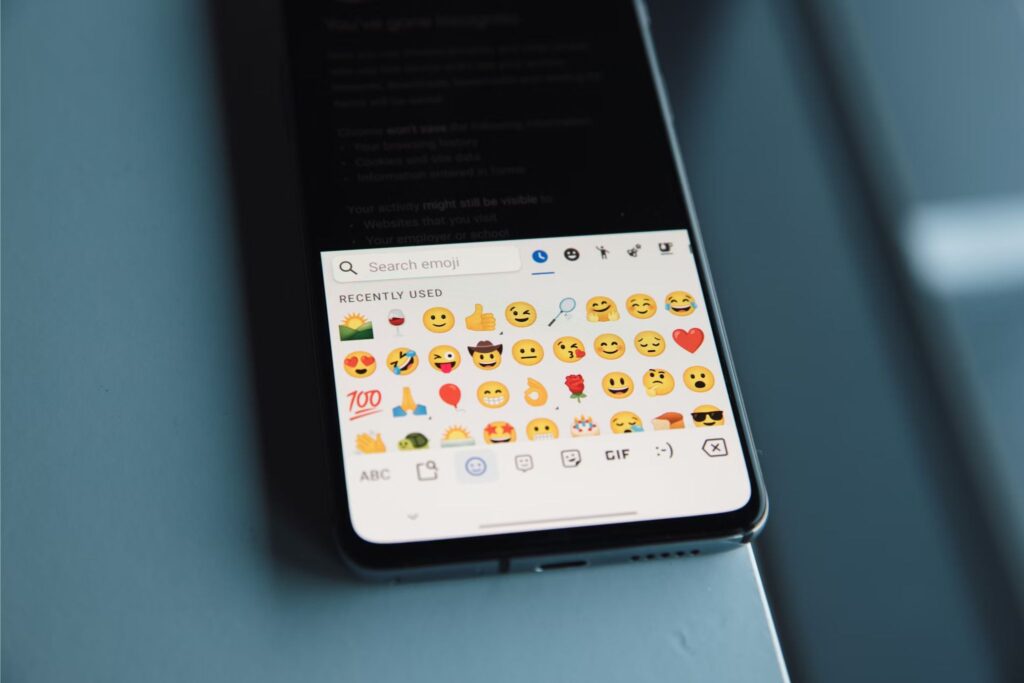Miscommunication can be costly for your company, but the right emojis might just be the solution.
Software developers from the United States, France, Germany, India, and Australia make up the majority of respondents to a recent survey conducted by Atlassian, which found that knowledge workers from these countries squander over 40 hours a year attempting to understand “unclear written communication.” That is the loss of a whole workweek.
The cost of miscommunication in the workplace
Roughly two-thirds of participants report having at least “a few times a month” experienced trouble deciphering messages from coworkers. Others claimed to encounter this daily. This is considered “emotional overhead,” according to Molly Sands, the director of Atlassian’s Teamwork Lab.
Infusing emotion into professional communication
But integrating feelings into professional communications is one thing that can be beneficial, the paper claims. Encouraging teams to “infuse emotion…into their written communications and everyday interactions” results in three times more “highly productive” teams.
In this context, emojis can be a useful instrument. As a matter of fact, 78 per cent of respondents stated that they are more inclined to open or read an email or chat message containing an emoji, and 65 per cent of surveyed workers utilise them for just this purpose.
When to use emojis in professional communications
Let’s look at some scenarios in which using emoticons in work-related correspondence is generally acceptable, whether you’re messaging a coworker or sending your manager an email.
Emojis: a useful tool for communicating with coworkers
Emojis can be used in emails to promote your goals and convey emotion when used appropriately (especially if you know your coworkers well). They can give your communications a more genuine feel and personal touch.

These little timesavers can also be utilised in group chats and informal discussions. They are excellent at responding to remarks, giggling together, or simply bringing personality to a discussion. They’re also ideal for fostering a welcoming culture and work environment.
Four tips for using emojis at work
Tip #1: Context is essential.
The context in which you utilise emojis at work is crucial, just like it is in a conversation. Although emojis can make communication seem more casual, use caution when using them as they can alter the meaning of a serious email or paper.
Tip #2: Use the same voice as your business
Go ahead and use some emoji fun if your company likes it! However, it is advisable to steer clear of things that are very formal. When in doubt, proceed with caution and maintain a formal demeanor.
Tip #3: Less is more
Emojis should enhance your message, not detract from it. A few strategically placed smileys? Perfect. In every sentence, emojis? Not in that way.
Tip #4: Stay current
Trends in emoji are constantly evolving. Remain current with your understanding of emojis by keeping track of their most recent additions and meaning modifications.
Generational differences in emoji use
Cheap tricks? Perhaps, Sands replies. “But it works well.”
Nonetheless, 88 per cent of Gen Z workers and 49 per cent of Boomers are among the respondents who believe emojis are helpful, indicating a generational divide.
Emojis can also be confusing in and of themselves. According to a 2024 study by the online language learning platform Preply, 81% of participants reported being perplexed by another person’s use of emojis, and nearly half said this resulted in an “uncomfortable situation.”
For instance, does the money with wings emoji mean losing or gaining money? Does the emoji showing a gust of air mean “dashing away” or farting? Respondents weren’t sure — and you can see how misinterpretations might get messy.

Apart from integrating emotions, and emoticons, into their writing, the report recommends that workers be careful to share the right amount of information and avoid ambiguous language.
“In our modern era of workplace apps and distributed teams,” Sands says, “you have to be intentional about what you share and explicit in the way you say it.”
A simple fix for workplace communication gaps
Incorporating emojis into workplace communication can help bridge emotional gaps, making messages clearer and more engaging. While generational differences and occasional confusion over emoji meanings exist, their strategic use can boost productivity and reduce miscommunication. By balancing clarity with emotion, companies can foster more effective and intentional communication across teams.
(Tashia Bernardus)
